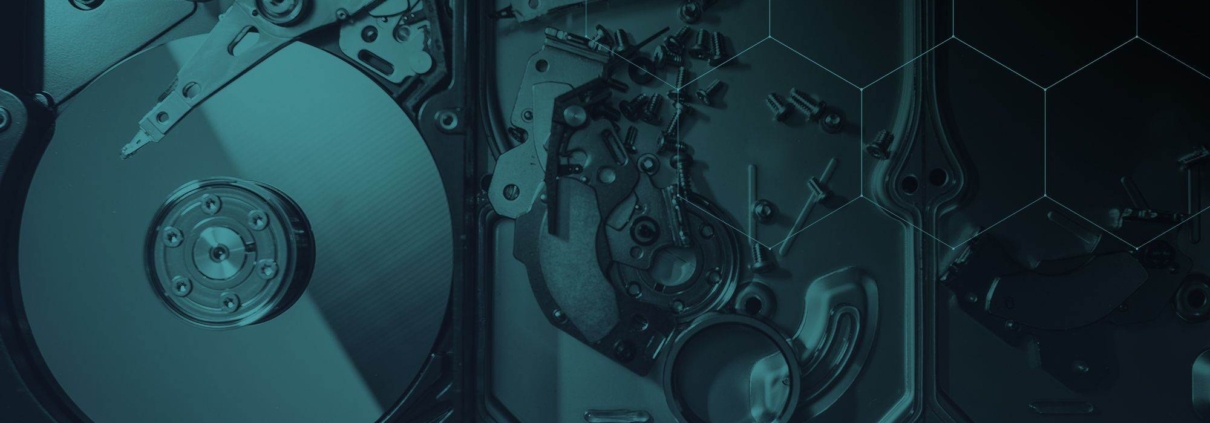Why Degaussing Tape Backup Cartridges Isn’t Secure Sanitization
Degaussing is a popular data sanitization method for magnetic storage media. Named for German mathematician (and magnetic pioneer) Carl Friedrich Gauss, the process removes magnetic patterns, leaving data unrecoverable while preserving the physical media — except, of course, when something goes wrong.
Unfortunately, degaussing errors are common. This is particularly true for magnetic storage tape, as many operators are unaware of the unique problems that the process can create. Commercial degaussing equipment can leave data intact, particularly when used to sanitize modern formats like LTO-8. In this article, we’ll discuss some of the potential issues and how to ensure your tapes are securely sanitized.



